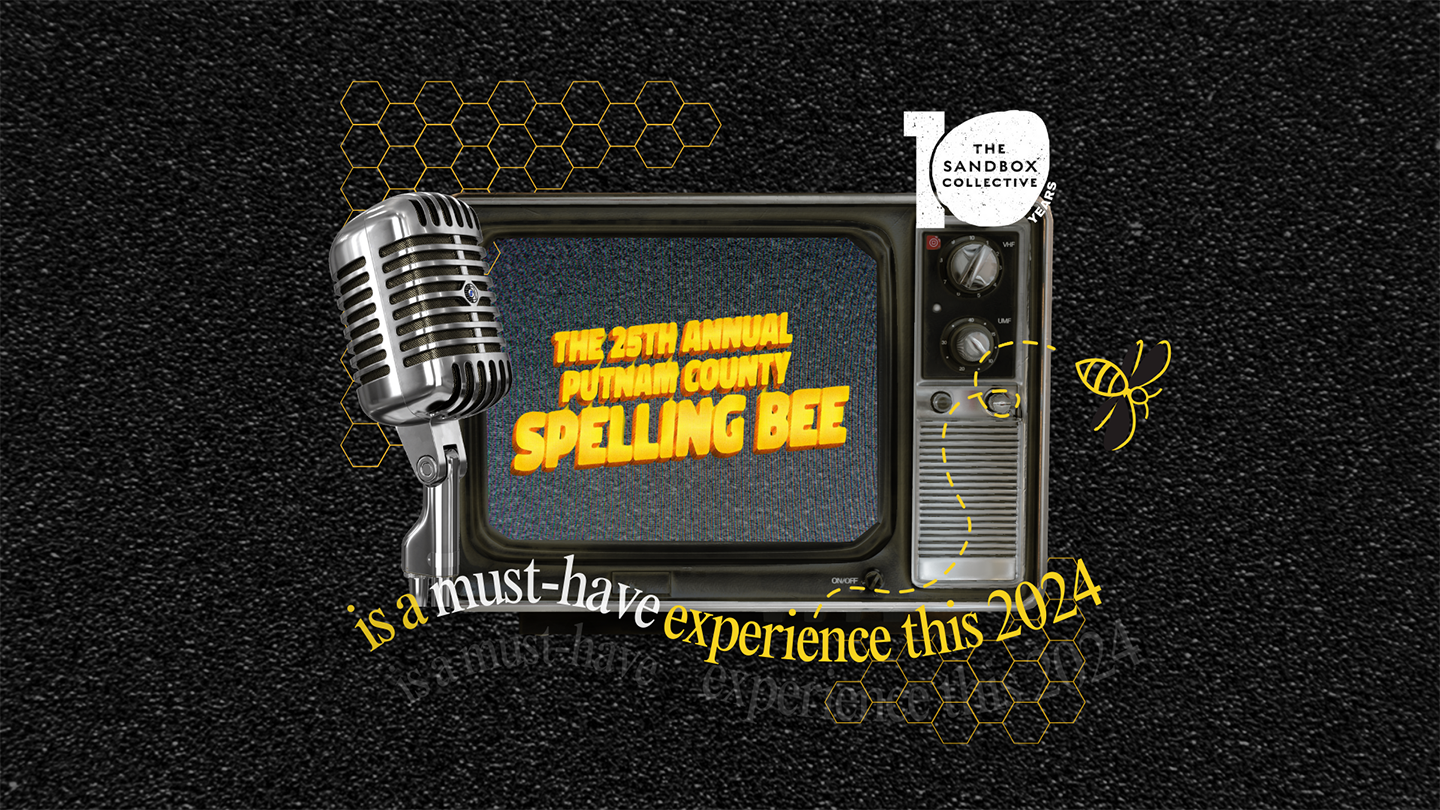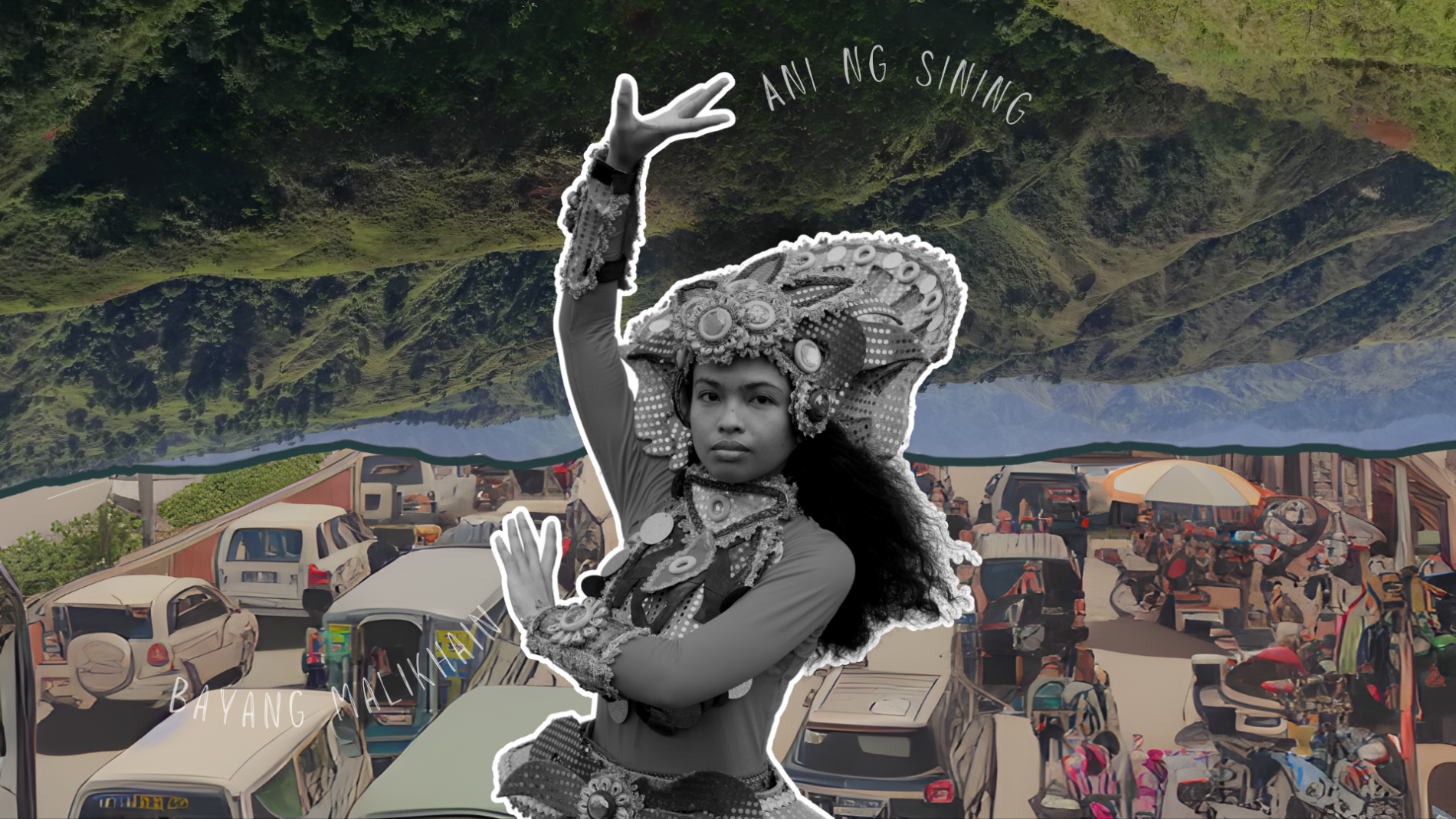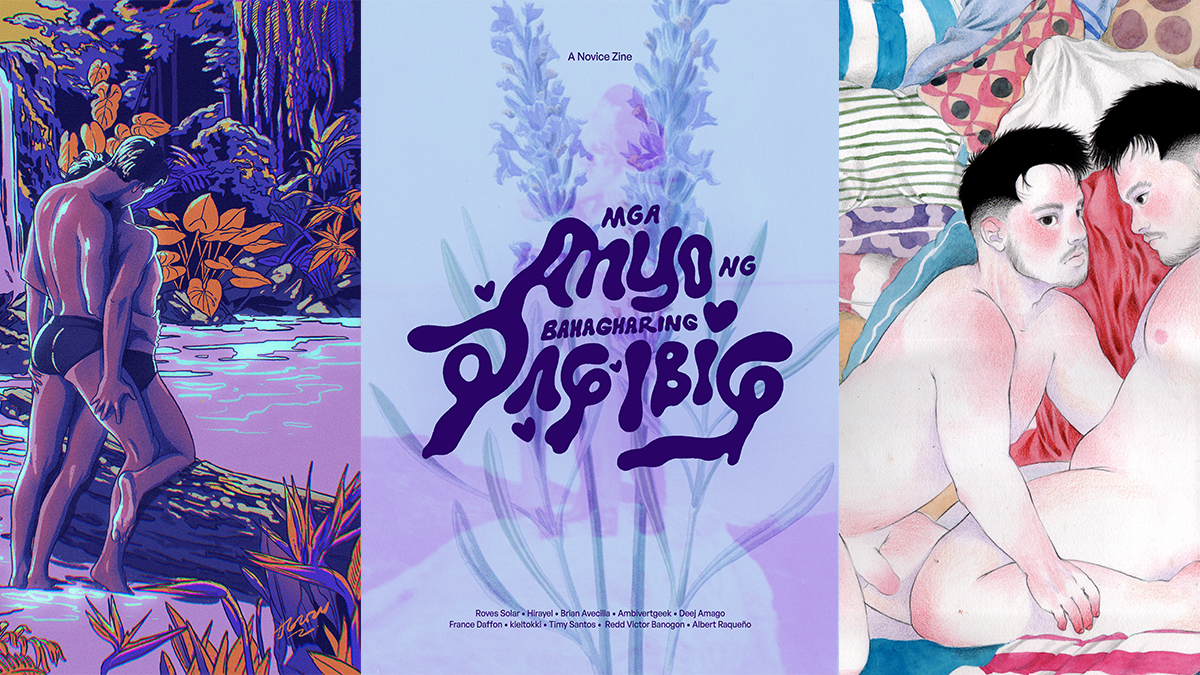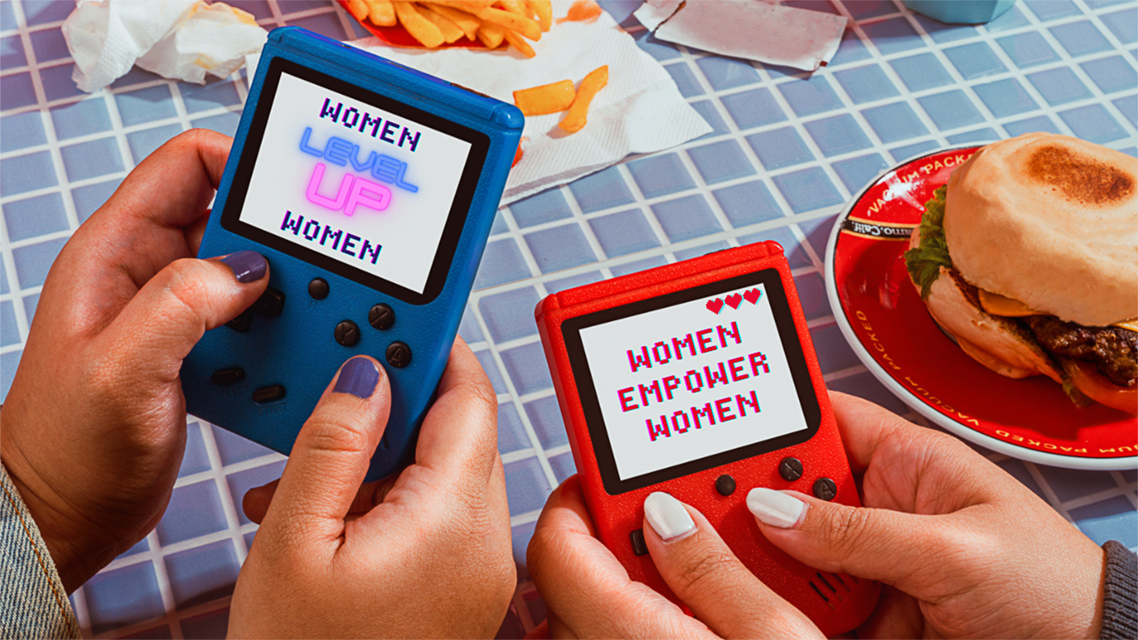
Nonconformist & Empowered: The Modern Filipina Through the Lens of Thurees
By Arry Asiddao
March 16, 2023
Women creatives have always existed throughout history, despite being denied equal opportunities and visibility. And while women are still marginalized in more ways than one, we have made significant progress over the last decades. Female artists are making their mark in different creative fields, including photography.
This Women’s Month, we talked to Thurees Obenza, product photographer, prop stylist, and owner of Sunny East Side Photo Studio, about her experience as a female photographer, beauty standards in advertising, and how art is political.
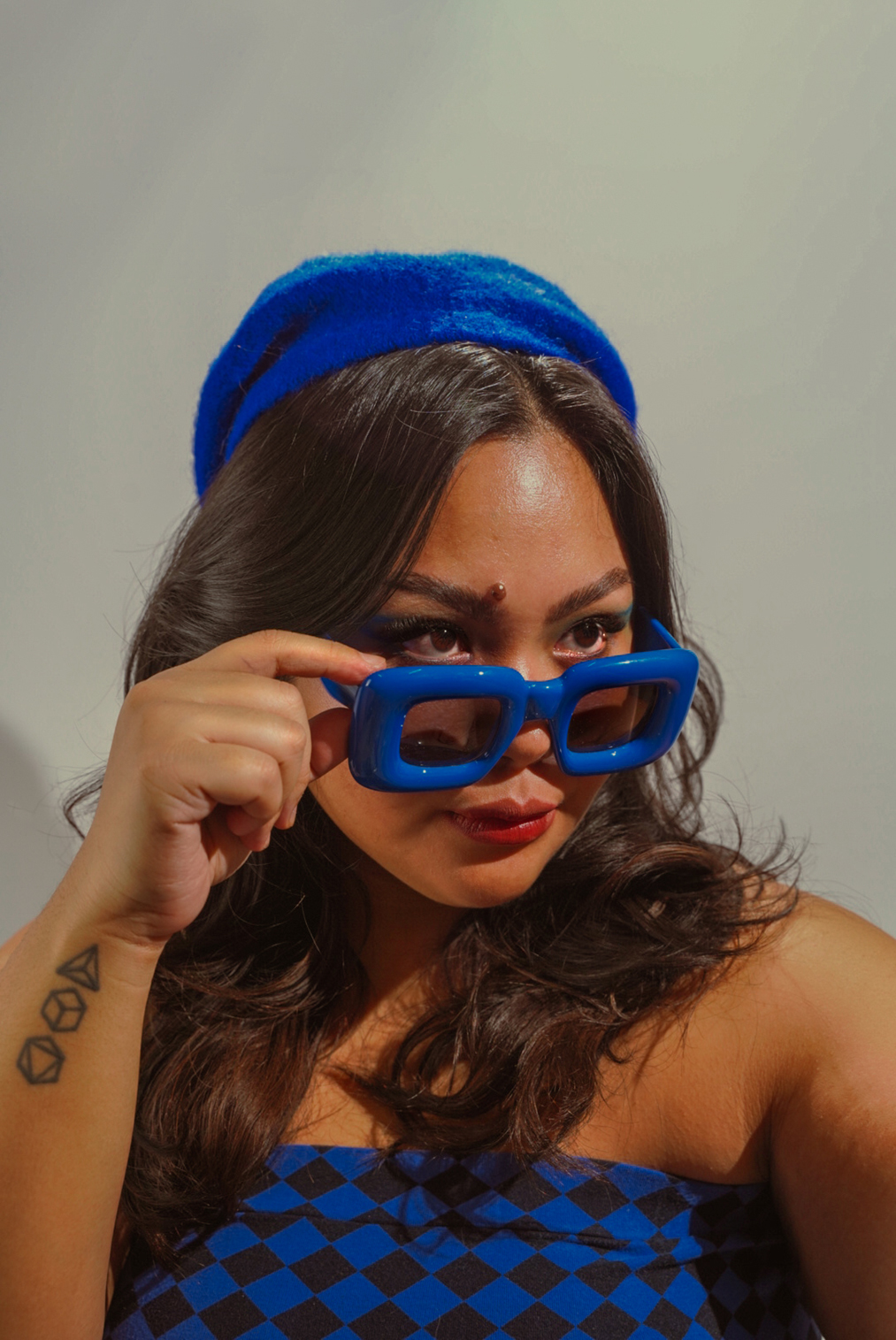
When and how did you decide to pursue a career in photography?
I was 23 when I decided to pursue a career in photography. I started my photography studio then, but it was mainly a rental studio because I was still doing most of my shoots on location. When the pandemic hit, I had to stop operations for studio rentals, and I made the decision to turn my studio into a product photography studio exclusive to my use.
I never planned on being a photographer growing up—I just kind of fell into this! If there’s one thing about me, it’s that I’ve always collected interesting trinkets from everywhere, especially thrift stores, which I incorporate into my shots as props. Hence, my title as a product photographer who’s also a prop stylist.
How did you find your first few years as a female photographer in the industry? Were there any challenges that you think were unique to women creatives?
I definitely felt like some of my clients trusted men more back then somehow. I’ve had beauty brands that hired male photographers most of the time, and it confused me. However, I think, throughout the years, brands have been supporting women behind the scenes more, and we’ve definitely started to take up space in the industry.
I’ve had a specific experience in the past wherein I was hired as a prop stylist for a luxury brand, but they hired a male photographer. Upon meeting me, the photographer asked for my Instagram and, albeit jokingly, checked my tagged photos because he “wanted to see if the photos I posted of myself looked like the photos other people posted of me.” First of all, that was wrong on so many levels, and second, it was completely unrelated to what I was hired to do for that shoot. He did this to the other females in that meeting and none of the males.
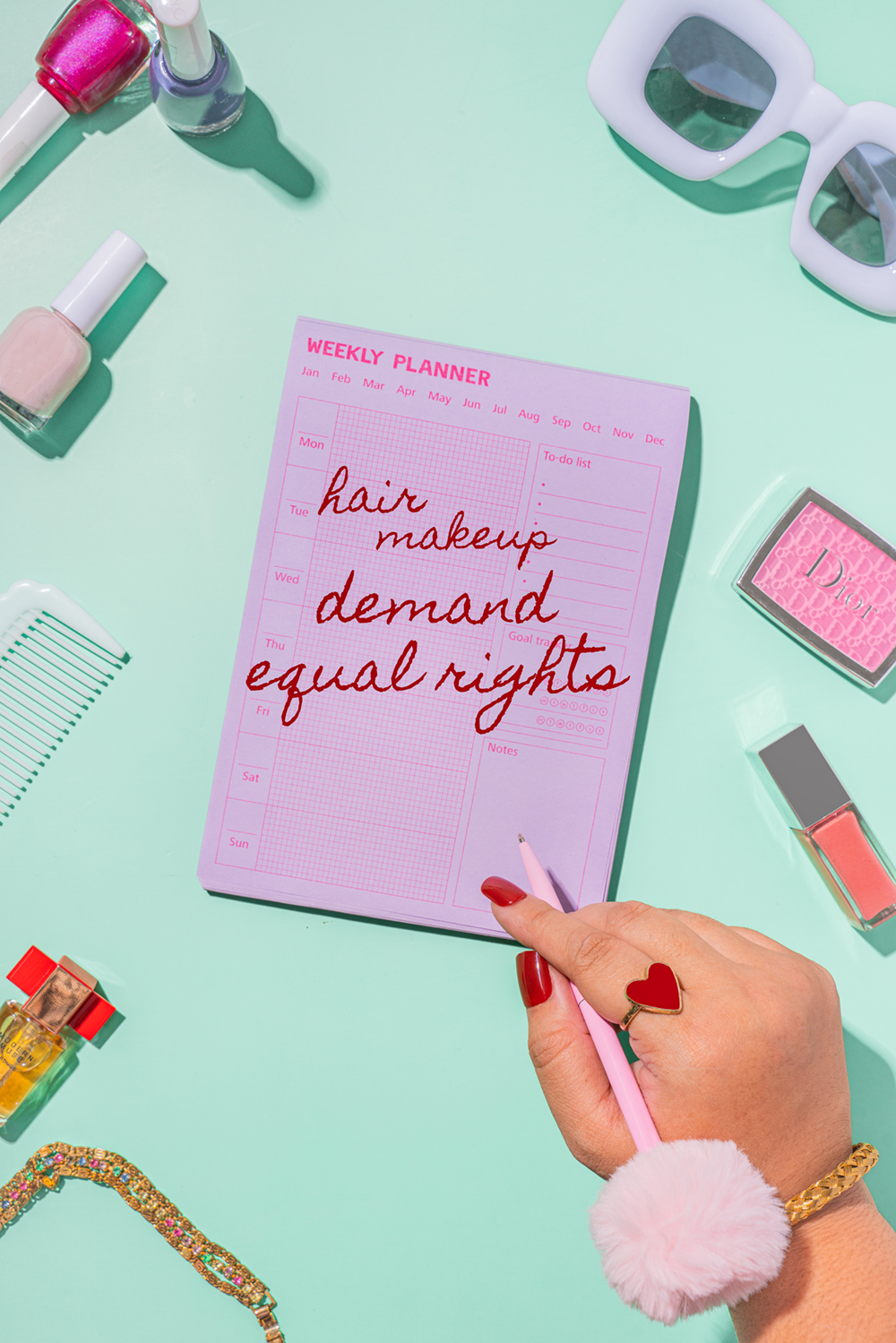
You have worked with established brands such as Cream Silk, Happy Skin, and BLK Cosmetics. What drew you to product photography?
I used to shoot people and quickly realized I couldn’t, for the life of me, direct people. I tend to go mute when I work, and I just need to be in control of everything. With product photography, I can work in silence, and I have full control of every element in the photos I capture. I’ve stuck with it because it’s what works for me as a person.
Your style is characterized by vibrant colors, hard shadows, and rich backgrounds. Is there any particular reason why you lean toward this style?
My style is very much rooted in my loud, vibrant, colorful personality. I have always been a colorful maximalist, and when I envision my photographs, it’s actually the kid in me that’s speaking for me—what catches her attention, what she likes, what she wants to share with the world.
You describe your business, Sunny East Side Photography Studio, as proudly woman-powered. How would you define being woman-powered and how does that reflect on your work?
Sunny East Side has always been woman-powered because it has always been run by a woman! I work mostly with women and have always been inspired by other women.
The themes I work with, props I collect, and references I use tend to always be feminine because I think that’s what’s most natural to me. Shoots where I am fully able to express feminine themes are where I’m most satisfied. I also choose and have a preference for clients whose visions align with mine.
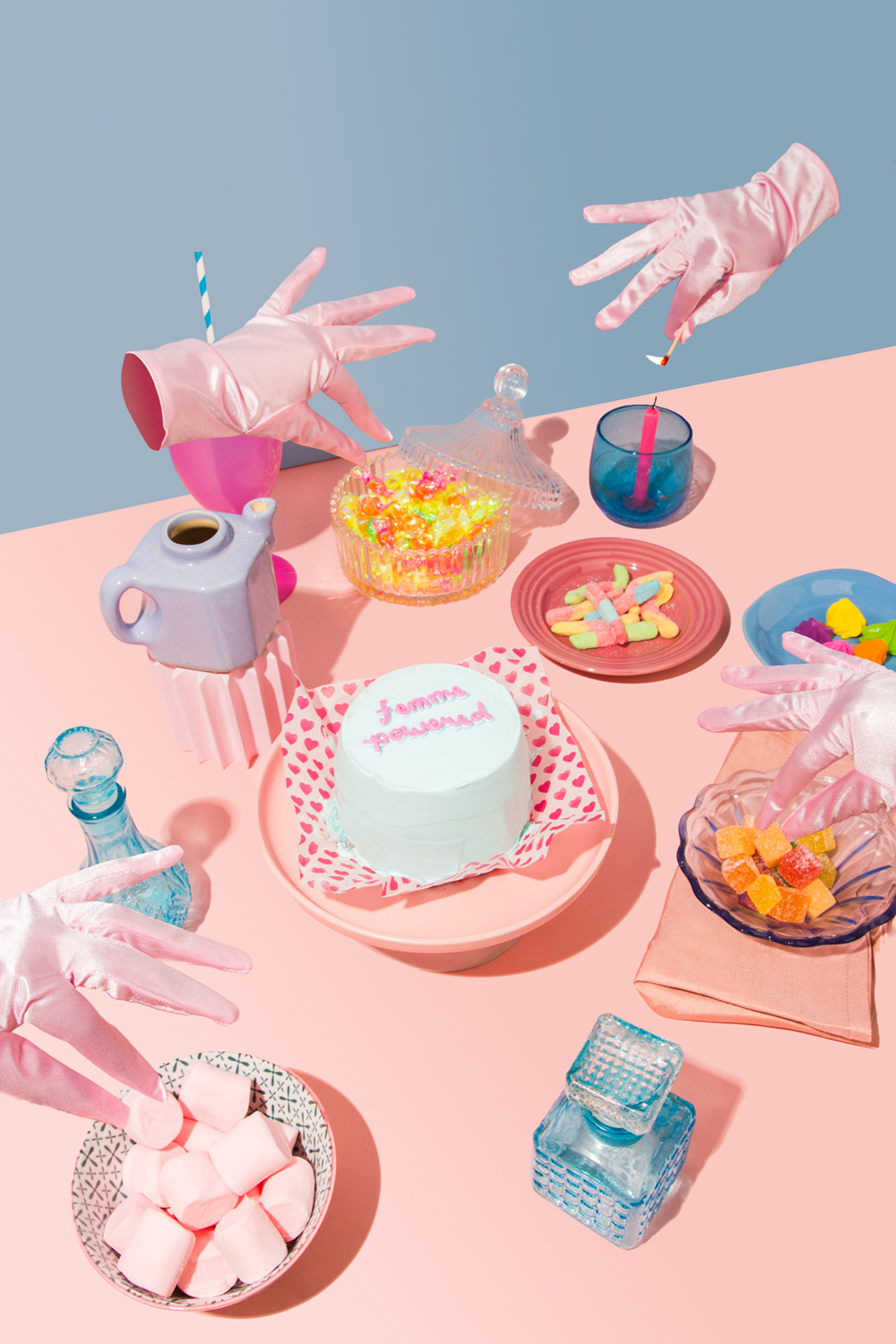
You were featured in this article by Nala, which talks about how unhealthy beauty standards affected you in the past. How can photography, particularly in advertising, be utilized to reverse this and promote women empowerment?
I have found myself in jobs where I’m not only the product photographer and prop stylist, but also the model! I am a proud plus-sized morena, and I have never been one to shy away from being in front of the camera. In the instances where I am also hired to model for my shoots, I show off the real me, because I think women who look like me deserve to be in the limelight too—flaws and all.
Back when I was still shooting people, I never edited anyone’s “flaws” because I didn’t even see them as flaws. I would often tell people that I’d be considered a “bad” advertising photographer if I didn’t know what flaws to photoshop out of people’s bodies and faces. But then again, we shouldn’t be removing the things that make humans human. In an ideal society, our billboards would be showcasing people who looked like me—the “normal” human. I think that if we continue the trend of championing beauty, no matter what you look like, then that would become the beauty standard.
I recently worked on a photo series for Women’s Month that tackles themes surrounding women empowerment as well as some women-related advocacies I believe in, such as reproductive rights. I have always seen art as political. This is why I have often created personal projects surrounding these topics. I believe that I have a voice as an artist to promote who the modern-day woman is and what she fights for.

To see more of Thurees’ work, visit her website or follow her on Instagram.

